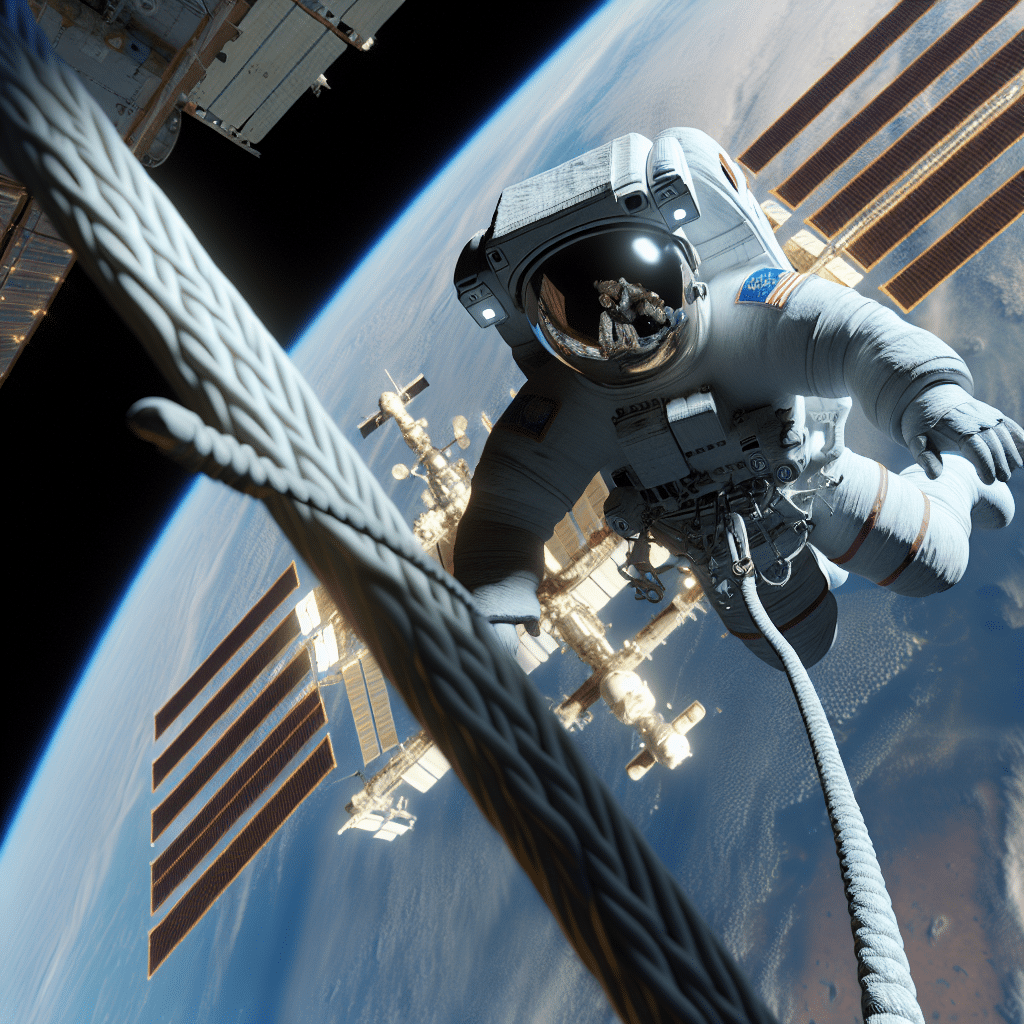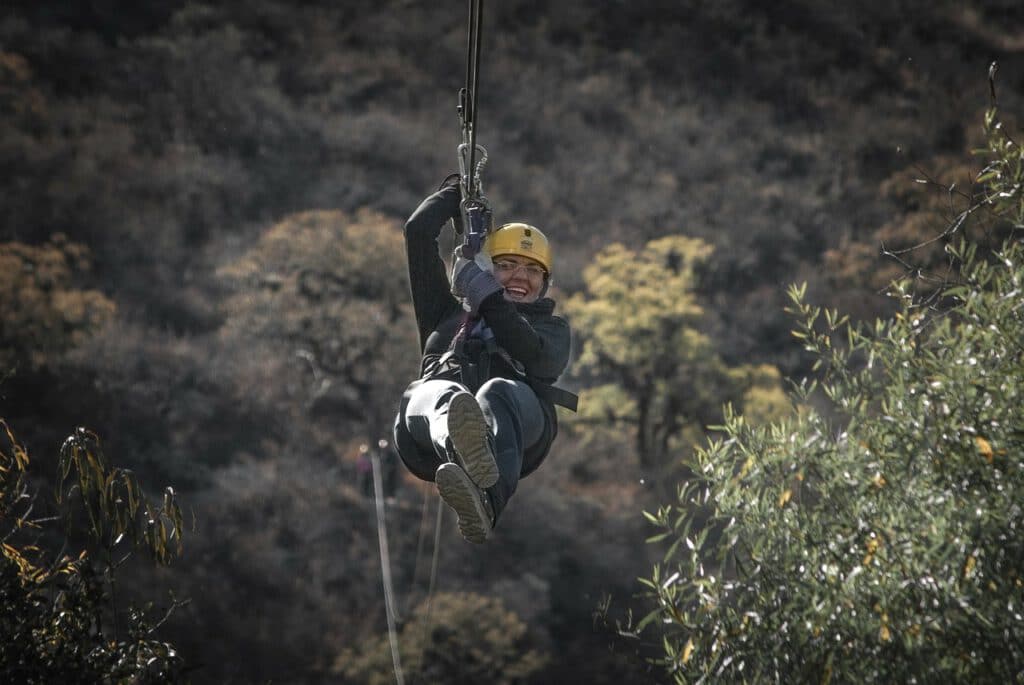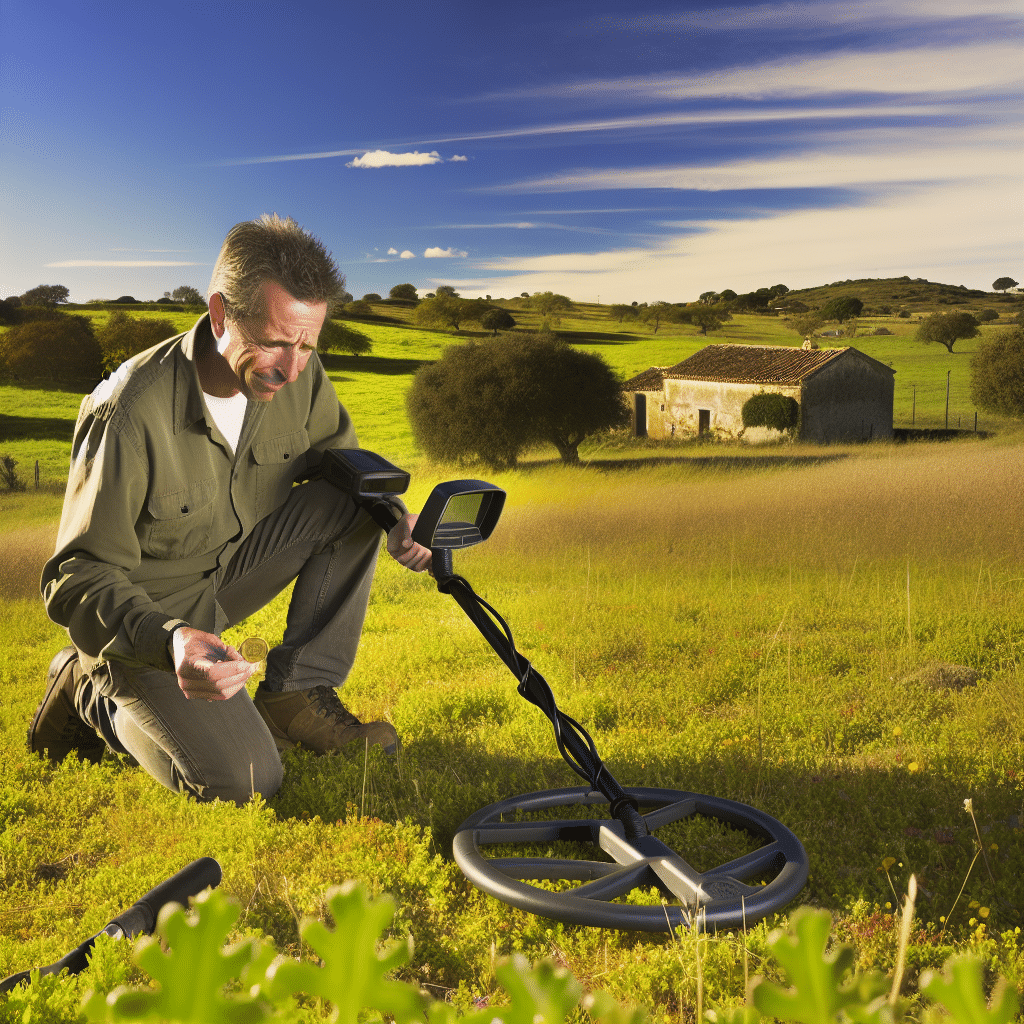Imagine peering out of the International Space Station (ISS), not through a window, but perched at the edge of an open hatch. Your harness is securely fastened, ropes in hand, as you prepare to descend backward into the abyss of space—an exhilarating experience known as abseiling down the orbit. While it may sound like science fiction, the concept has captured the imaginations of space enthusiasts and adventurers alike.
What is Abseiling Down the Orbit?
Abseiling, or rappelling, traditionally involves descending a vertical surface using a rope. It’s often used in rock climbing, caving, and rescue missions. Now, picture this technique adapted to the microgravity environment of space, orbiting Earth at an altitude of 400 kilometers. Abseiling down the orbit isn’t just an outlandish idea; it could be a futuristic method for astronauts to perform repairs, conduct scientific experiments, or simply experience the ultimate adrenaline rush.
Why Would We Abseil in Space?
1. Extravehicular Activity (EVA)
One of the primary reasons for abseiling down the orbit would be to expand the scope of Extravehicular Activities (EVAs). Current EVAs involve astronauts performing tasks outside their spacecraft, tethered and reliant on jetpacks and robotic arms. Abseiling could provide a more controlled and versatile method for maneuvering around the ISS or other structures.
2. Maintenance and Repairs
Abseiling down the orbit could revolutionize the way astronauts perform maintenance and repairs. Instead of relying on robotic arms, which may have limited reach and dexterity, astronauts could descend directly to the required location. This would allow for more precise and efficient repairs, potentially extending the lifespan of space structures.
3. Scientific Exploration
Scientific exploration could also benefit from this innovative approach. Abseiling down the orbit would allow astronauts to access hard-to-reach areas of the ISS or other space habitats, enabling more comprehensive studies and experiments. For instance, they could collect samples from different parts of the spacecraft, conduct detailed inspections, and install new instruments in previously inaccessible locations.
How Would Abseiling Down the Orbit Work?
1. Equipment and Safety
Abseiling in space would require specialized equipment. Traditional ropes would be replaced with ultra-strong, lightweight materials designed to withstand the harsh conditions of space. Harnesses would be tailored for the bulky spacesuits astronauts wear, ensuring maximum comfort and security. Crucially, safety measures would need to be meticulously planned to prevent accidents, such as the loss of tethers or collisions with space debris.
2. Training and Preparation
Astronauts already undergo rigorous training for EVAs, and abseiling down the orbit would necessitate even more comprehensive preparation. This would include simulations in neutral buoyancy pools, virtual reality environments, and potentially even parabolic flights to mimic the weightlessness of space. Mastery of abseiling techniques would be essential to ensure the safety and success of missions.
3. Real-time Support
Real-time support from mission control would be indispensable. Astronauts abseiling down the orbit would be in constant communication with experts on Earth, receiving guidance and troubleshooting assistance. This would be particularly important during complex tasks, such as repairing delicate instruments or conducting intricate experiments.
Challenges and Considerations
1. Space Environment
The space environment presents unique challenges for abseiling. The lack of atmosphere means no air resistance, making movements less intuitive and increasing the risk of unintended acceleration. Moreover, extreme temperatures, radiation, and micrometeoroids must be considered when designing equipment and planning missions.
2. Psychological Factors
Abseiling down the orbit could be mentally taxing. The vast emptiness of space, combined with the technical demands of the task, could induce anxiety and stress. Training would need to address these psychological factors, preparing astronauts to remain calm and focused in the face of unprecedented challenges.
3. Feasibility and Cost
Finally, the feasibility and cost of implementing abseiling in space must be carefully evaluated. Developing the necessary technology and providing extensive training would require significant investment. However, the potential benefits, including enhanced EVA capabilities and improved mission outcomes, could justify these expenses.
The Future of Space Exploration
Abseiling down the orbit represents the cutting edge of space exploration innovation. As we continue to push the boundaries of what is possible, ideas once deemed far-fetched become increasingly plausible. This concept highlights the creativity and determination of those dedicated to exploring the final frontier.
Adventurers, scientists, and engineers alike are captivated by the potential of abseiling down the orbit. Whether used for maintenance, scientific exploration, or simply as an extraordinary experience, this technique could transform the way we navigate and utilize space. As we look to the future, it is these bold ideas that will drive humanity’s quest to unlock the mysteries of the cosmos, one abseil at a time.




